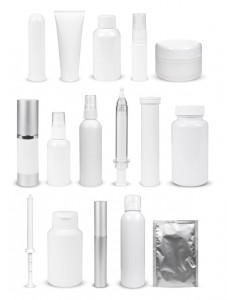
June is Men’s Health Awareness Month. Skin is the largest organ in the body, but men's skin health in particular needs more attention. Melanoma, the most deadly form of skin cancer, is one of only three cancers with an increasing mortality rate for men. Within melanoma cases, young men account for 40 percent of cases, but more than 60 percent of deaths. In fact, from ages 15-39, men are 55 percent more likely to die of melanoma than women in the same age group. According to a study done by the Skin Cancer Foundation, nearly 1 in 2 men surveyed said they had not applied sunscreen in the past 12 months, and only 32 percent considered themselves very knowledgeable on how to properly use it. Skin health isn’t just about protecting against skin cancers, it is also about getting your skin as fit as you can. Give your skin a workout with cardio, ...












